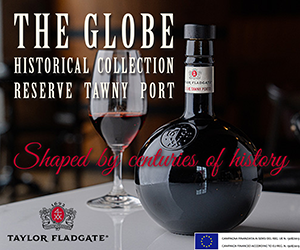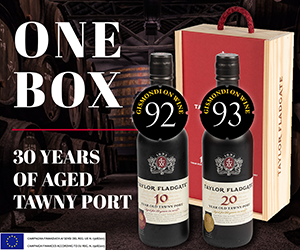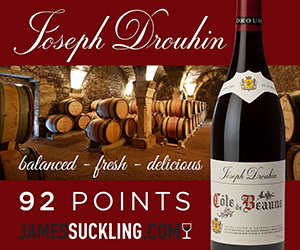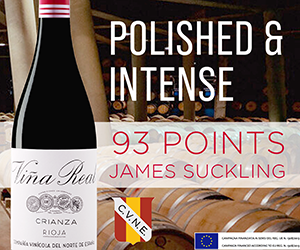Quick report from Selbach-Oster: 2008 young wines and 2007 flashback It is early February 2009 and the juice from the last 2008 grapes picked, on 30th December, is bubbling away on its way to Eiswein.
Quick report from Selbach-Oster: 2008 young wines and 2007 flashback
It is early February 2009 and the juice from the last 2008 grapes picked, on 30th December, is bubbling away on its way to Eiswein. Here, as with the remainder of our 2008 harvest, we seem to enjoy uneventful and steady fermentations, promising delicious wines that make little "winemaking" necessary.
Tasting through the young, still cloudy 2008s, at this stage still in barrel and on their lees, is a demanding task because of their obvious leesy-ness (or call it yeasty-ness). These youngsters seem to keep what the grapes and the juice promised in October and November: Lively and fresh wines with "crunchy" fruit and refreshing acidity, bringing back the flavour profile of orchard fruit, most notably apples with a dash of citrus (pink grapefruit, lime) thrown in at the Kabinett level and a seasoning of white peach once the Späetlese and above categories are reached.
As we will soon run out of the '07 Selbach-Oster Kabinett, we are in the process of selecting a few barrels for the first lot of 2008 S.O. Kabinett to be bottled so we can keep "the juice" flowing (S.O. Kabinett having developed into our best seller worldwide which, by virtue of the wine's value for money, will certainly be helped by the new economic realities in 2009).
This leads to an assessment of 2007, more or less one year after becoming "wine" and a few months after being released: It is with pleasure that I can confirm, after many tastings, that 2007 has received it's praise justly. The wines, after shedding their original youthful yeastiness and baby fat, have come out as beautifully delineated Rieslings that show a textbook Mosel character of ripe but never overripe fruit, refreshing acidity and a noticeable, underlying minerality, depicting the blue Devonian slate they are deeply rooted in.
The strength of 2007 clearly lies with the Späetlese and Kabinett wines which by no means diminish the small number of excellent Auslese and above wines 2007 gave us (which can fend for themselves against their "mighty" cousins from 2005 and 2006). Insiders have noticed over time - and 2007 confirms this again - the Schlossberg needs a little extra time to come together and then it really shines, that is, the Schlossberg wines do shine! Where Sonnenuhr stands for a very polished, noble elegance and floral descriptors, Schlossberg has the extra dimension of "crunch" or earthen components that lead us to simplify the answer to the often asked question how these side-by-side vineyards differ in flavour to calling Sonnenuhr the "feminine" wine vs. "masculine" as descriptor for Schlossberg!
Interestingly enough, the tenderloin of the Schlossberg, locally known as "Schmitt", right behind the steeple of the St. Stephanus church in Zeltingen, is coloured in deep red, on the often cited Prussian classification map of 1868, and contributes to the relatively high surface area Zeltingen was given in the very rarely used category no.1 (which paid the highest taxes).
The 2007 "Schmitt" (born as Auslese but sold as Späetlese in view of the supernal 2006 Auslese which came off the vine almost as TBA) is still very youthful but has started to unveil the potential of this special wine. The "Schmitt" bottlings, due to their limited supply, are not listed in our pricelists but available on request. The regular Kabinett and Späetlese bottlings were the "darlings" from amongst 2007s shown lately as most customers appreciated their concentration and marriage of fruit and minerality whilst being only moderately sweet so that a variety of food is always an option to partner with either one.
In the segment of trocken or dry wines our 2007s received the most surprise "thumbs up" with their ability to combine ripe fruit and minerality with food and palate friendly, balanced dryness at a moderate 12.5% alcohol. It is the dry style wines where we have tried hard and made the greatest progress in the past decade to the point we now enjoy a growing clientele in the segment "dry, un-oaked, food friendly, restrained alcohol".
Also growing steadily in popularity is our Kabinett halbtrocken from the Zeltinger Himmelreich. It is the "flagship" wine from this single vineyard (the largest in Zeltingen) and the wine comes from the steep, south facing incline about halfway behind the village, facing the ravine that separates Schlossberg from
Himmelreich (local name for this filet mignon of the Himmelreich is "Anrecht"). With winter past its zenith and longer days approaching, prime Riesling time is near.
Regarding 2009, we have seen a real winter with quite a bit of frost so far (even the Mosel was slightly frozen over) and this has been good for our ecosystem and for the vines. We are still in the process of pruning, the bud-wood looks healthy and ready for the next season. I would like to thank you again for your interest and your support and hope our Rieslings will contribute positively to what lies ahead for us in the calendar year 2009.
Difficult times won't stop wine people from enjoying wine though more consumers will look for value....and handcrafted; artisanal Rieslings from excellent vineyards with centuries old history of delivering high quality represent excellent value, especially from a fine vintage like 2007.
Best regards from the sunny Mosel valley,
Johannes Selbach
Weingüt Selbach-Oster
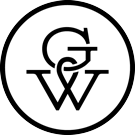
 quicksearch
quicksearch


